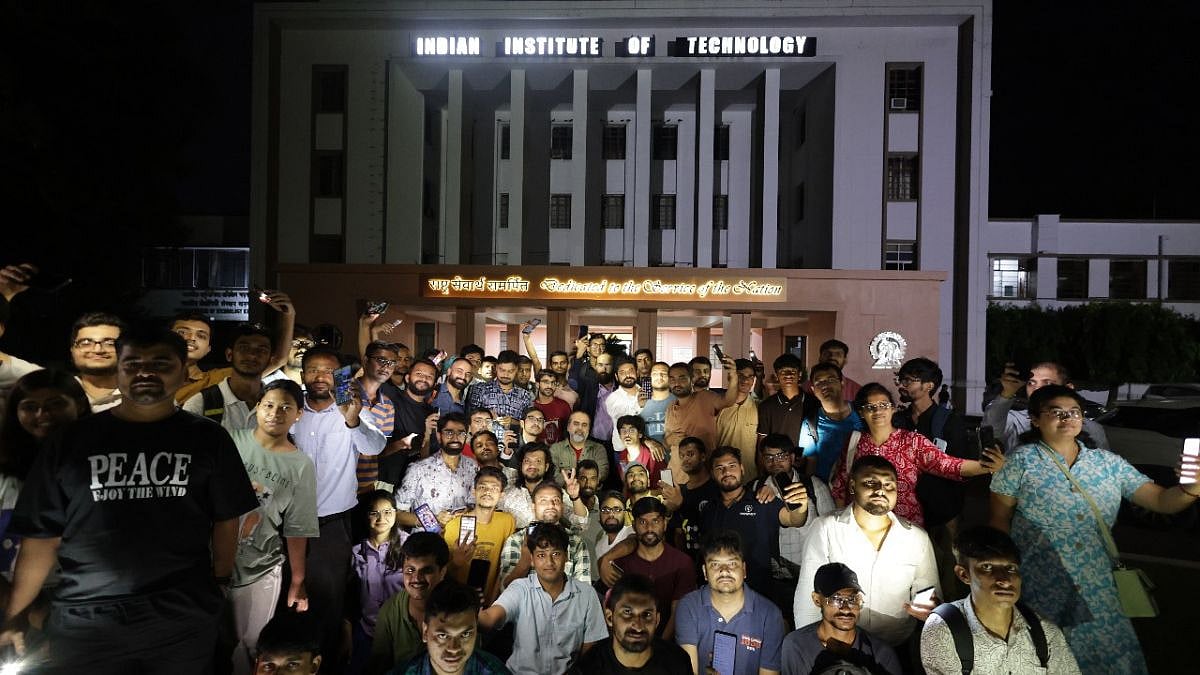A New Era of Business Efficiency
Global businesses today are operating in one of the most competitive environments in history. Talent shortages, rising inflation, and rapidly changing customer expectations have forced companies to rethink how work gets done. At the same time, advancements in artificial intelligence (AI) and automation are transforming entire industries, while offshore staffing provides access to highly skilled professionals at a fraction of traditional costs.
This convergence of technology and talent represents a trifecta of efficiency. When businesses learn to harness AI, automation, and offshore staffing together, they don’t just save money — they unlock a scalable operating model designed for growth in 2025 and beyond.
Why Efficiency Is the New Currency of Growth
The global economy has changed from focusing on pure growth to looking for long-term efficiency. A Deloitte survey from 2024 says that around 77% of CEOs now put operational efficiency in their top three objectives. Businesses can't afford to squander resources since wages are going up, inflation is putting pressure on prices, and rules are getting harder to follow.
For small and medium-sized businesses (SMEs) and new businesses, the problem is considerably worse. These companies have to be lean while competing on a global scale, unlike big organizations with lots of money. That's why AI, automation, and offshore staffing work so well together: they enable businesses grow without spending too much money.
The Role of AI in Modern Business
AI has become the engine behind smarter, faster decision-making. While its hype has been enormous, practical applications are already changing day-to-day business operations:
● Customer Service: AI chatbots handle routine inquiries, while offshore support teams step in for complex cases. This hybrid approach keeps costs low and customer satisfaction high.
● Finance: AI-powered fraud detection tools scan thousands of transactions in seconds. Offshore analysts then investigate flagged anomalies, ensuring accuracy and compliance.
● Healthcare: AI helps with medical imaging and diagnostics, but human medical staff offshore support functions like data entry, insurance processing, and scheduling.
AI is not replacing human judgment—it’s amplifying it. Businesses still need people to interpret, validate, and apply insights in culturally relevant and strategic ways.
Automation: Freeing People from the Repetitive
Automation, particularly through Robotic Process Automation (RPA) and workflow management tools, focuses on repetitive tasks. It has already shown significant business benefits:
● Speed and Accuracy: Automated invoice processing, HR payroll, and CRM updates happen instantly and without human error.
● Scalability: Workflows can expand as businesses grow, without a proportional rise in staff costs.
● Consistency: Automation ensures every customer interaction or back-office process follows the same rules.
But automation also has limitations. It cannot empathize with a frustrated customer, negotiate contracts, or build a creative marketing campaign. It needs human oversight—which is where offshore staff come in.
Offshore Staffing: The Human Layer of the Trifecta
Offshore staffing is no longer about “cheap labor.” Instead, it’s about access to global expertise. Countries like the Philippines, Vietnam, and Eastern Europe have become hubs for professionals in fields ranging from IT development to healthcare administration.
For SMEs and startups, the benefits are clear:
● Cost Efficiency: Offshore professionals can cost up to 70% less than hiring locally, depending on the role.
● Access to Skilled Talent: Many offshore workers are university-educated, multilingual, and experienced in global industries.
● Flexibility and Scalability: Companies can scale teams quickly without the overhead of local hiring.
When paired with AI and automation, offshore staffing delivers even greater value:
● Offshore finance teams use AI-powered analytics tools to forecast budgets.
● Offshore marketers leverage automation platforms for campaign optimization.
● Offshore HR staff manage global compliance while automation handles documentation.
This balance ensures businesses get both efficiency and adaptability.
The Synergy: Why AI + Automation + Offshore Works Better Together
Looking at to make the most of the potential of AI, automation and offshore staffing, companies need to see them as a single, cohesive system rather than individual tools.
AI can provide the insights that allow them to predict outcomes, and in doing so, identify brand-new possibilities, automation takes care of routine tasks, streamlines them, and ensures that consistency and speed are built into the equation. Human intelligence, brought to the party by offshore staff, brings, well-known qualities like judgement, empathy and imagination to the table. When all three are working together, the result is a system that's virtually invulnerable to downtime, able to pump out an enormous quantity of work, and slashes costs.
Take a US-based e-commerce company as an example, they can automate order monitoring, use AI to forecast their stock, and send their customer escalations to a foreign customer service team, creating a smooth and customer-centric operation.
The Cost Advantage for Growing Businesses
For growing companies, cost matters just as much as innovation. Local hiring often isn’t feasible when wages and benefits can consume more than half of operational budgets. By combining AI and automation with offshore staffing, businesses achieve compounded savings:
● AI reduces the need for repetitive analysis.
● Automation lowers back-office overhead.
● Offshore teams deliver skilled labor at reduced costs.
According to a PwC study, organizations that adopt AI and automation report up to 40% cost reductions in operational processes. Adding offshore staffing into the mix further multiplies savings.
Research from KineticStaff shows that SMEs can save up to 76% in staffing costs through offshore models—without compromising on quality. This combination allows startups to access enterprise-level capabilities without enterprise-level budgets.
Challenges and How to Overcome Them
Adopting this trifecta does come with challenges. Companies often worry about:
● Job Displacement: Employees fear AI and offshore staff will replace them. The reality: these tools usually handle repetitive tasks, freeing employees for higher-value work.
● Communication and Collaboration: Time zones and cultural differences can cause friction. Investing in cross-cultural training and collaboration tools solves this.
● Data Security and Compliance: Sensitive information must be handled carefully. The solution is choosing offshore partners with strong compliance frameworks and certifications.
By addressing these issues proactively, companies can build trust and maximize the value of their efficiency strategy.
What the Future Holds: Offshore-Enabled Global Teams
Teams that are mixed up are the way of the future. Gartner says that by 2030, more than half of mid-sized businesses would have at least a third of their workers working from other countries. When you add AI and automation to the mix, this signifies a new age of efficiency without borders.
Some important trends that will shape this future are:
● Offshore workers are rising up from support tasks to leadership and strategic responsibilities.
● AI is becoming a part of daily products, such spreadsheets and project management software.
● Automation is changing from systems that help with tasks to systems that help with decisions.
Companies who accept these changes today will be able to build a personnel strategy that will last into the future. This strategy will balance cost, innovation, and resilience.
Conclusion: The Competitive Edge
AI, automation, and offshore staffing are not just fads; they are changing the way businesses work. It gives small and medium-sized businesses (SMEs) and startups an opportunity to compete with bigger companies without having to spend as much.
AI gives you the information.
Automation makes sure that everything goes perfectly.
Offshore staffing gives you the people you need to change and come up with new ideas.
They work together to build a growth model that can be scaled up over the following ten years. Businesses who learn to accept this trio today will be the ones in charge tomorrow.









